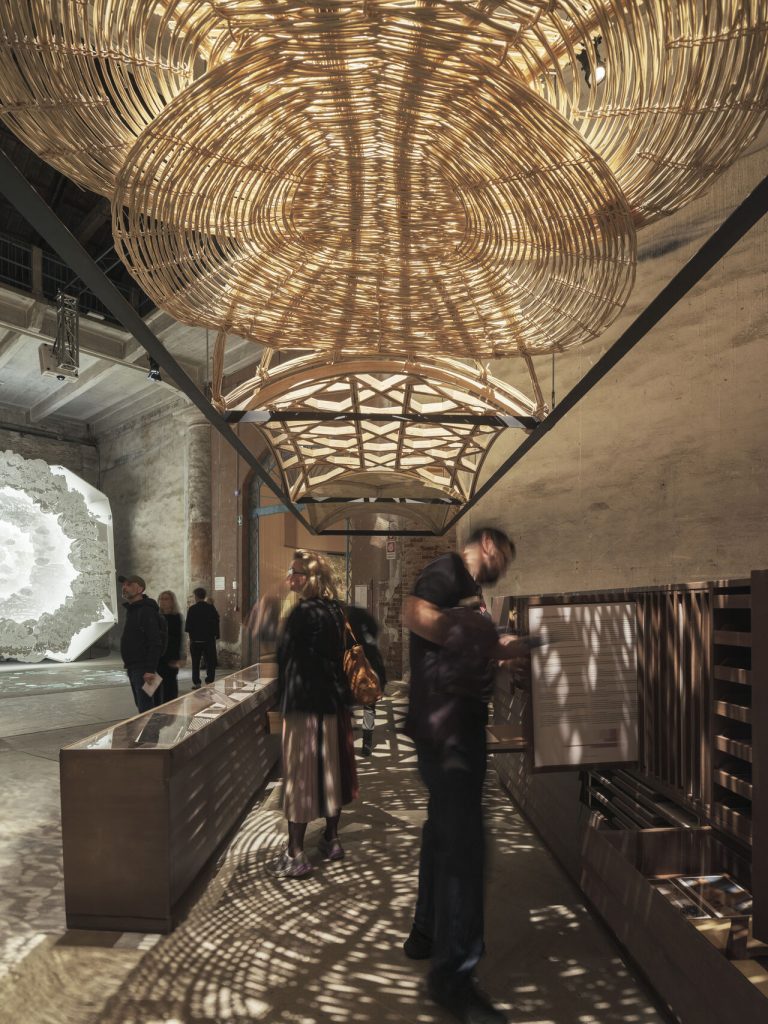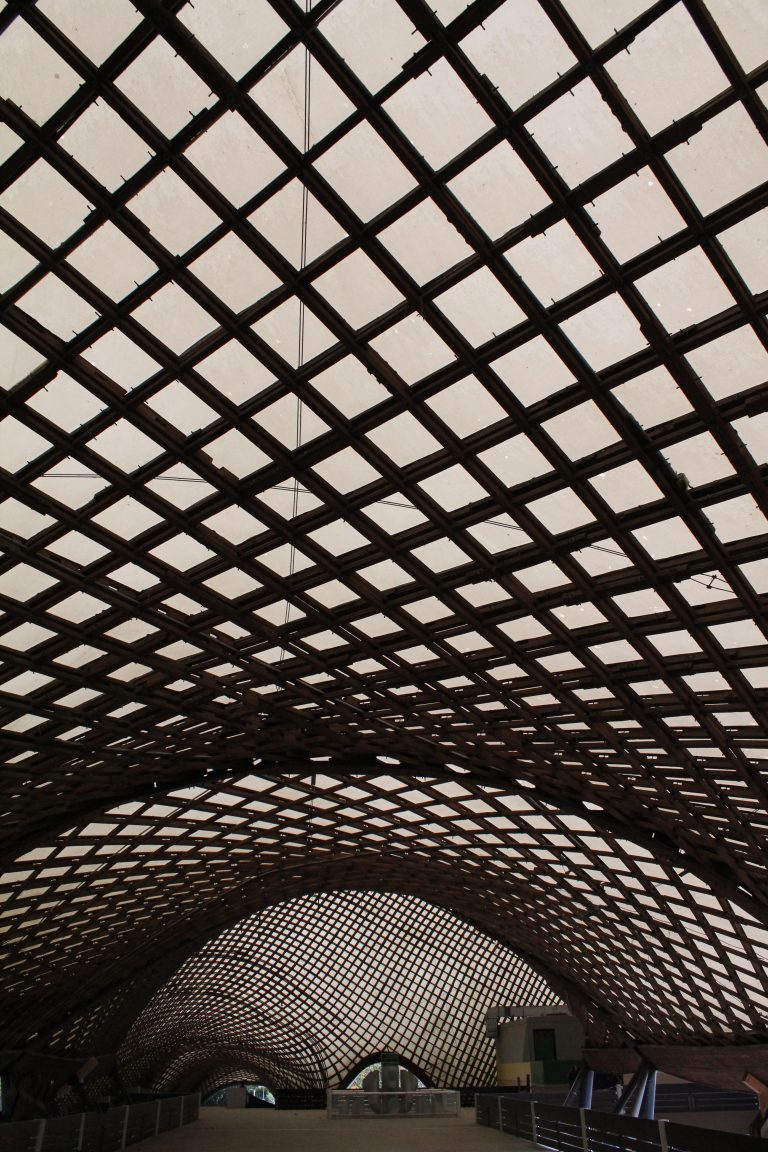Masonry vaults are structurally efficient but often dismissed as uneconomical due to the need for extensive falsework. Even thin-tile vaulting, which avoids centering, still relies on time-intensive guidework to shape the geometry.
We propose a new approach: replacing physical guidework with augmented reality (AR). This method provides builders with precise digital visual cues, allowing them to stay in control of their analog craft while benefiting from digital support.
Tested through a prototype and outdoor demonstrator, this AR-based guidework showed a 30% improvement in construction time and shape accuracy within 1% of the span. Future research could evolve this static holographic system into an interactive mixed-reality tool—enhancing not only productivity and precision but also training and design processes.
R. Oval, V. Paris, R. Pastrana, E.P.G. Bruun, S. Gomis Aviño, S. Adriaenssens (2025), W. Al Asali,’Digital guidework for augmented thin-tile vaulting construction’, Developments in the Built Environment,DOI: 10.1016/j.dibe.2025.100738.R. Oval, V. Paris, R. Pastrana, E.P.G. Bruun, S. Gomis Aviño, S. Adriaenssens (2025), W. Al Asali,’Digital guidework for augmented thin-tile vaulting construction’, Developments in the Built Environment,DOI: 10.1016/j.dibe.2025.100738.


